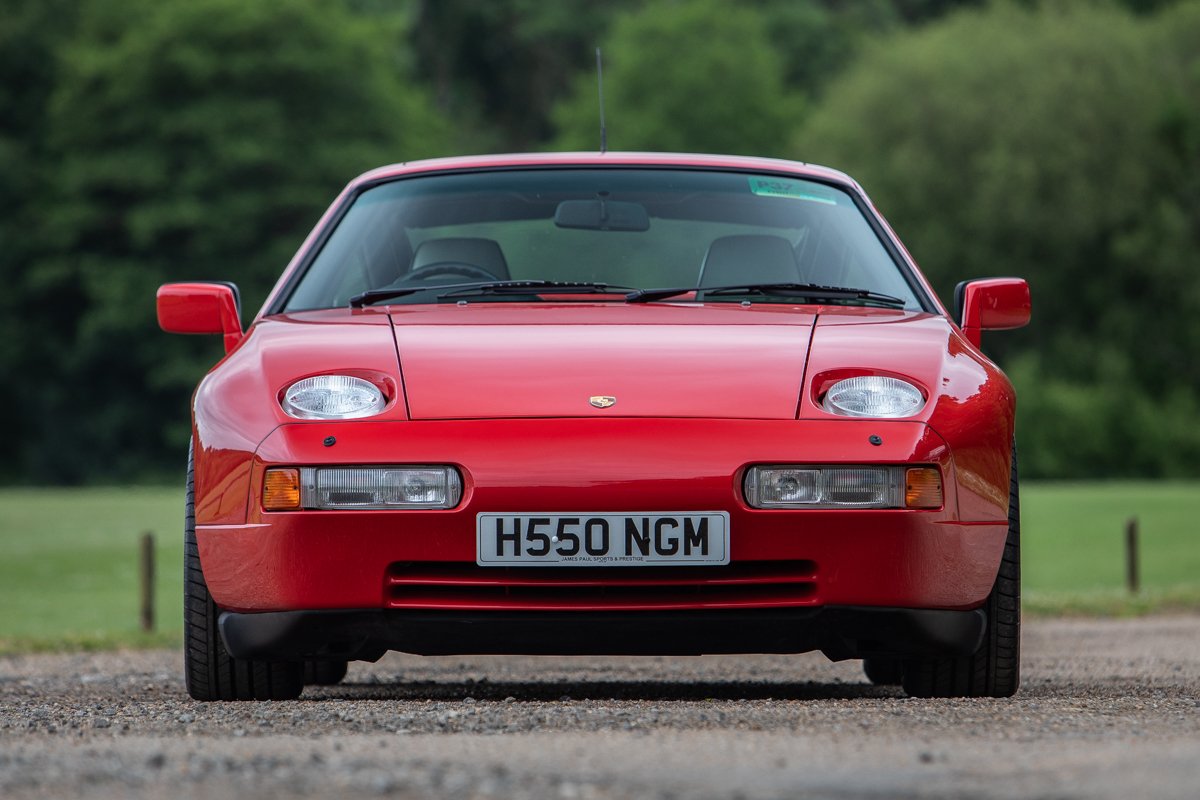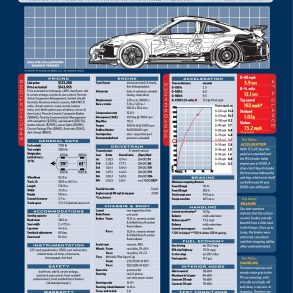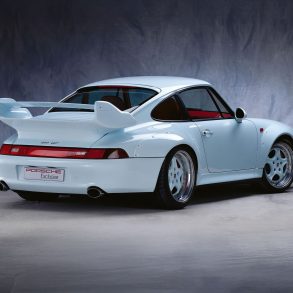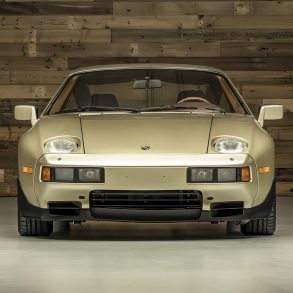Porsche 928 Reliability Issues
If properly maintained by someone who understood the car, second-hand 928s should have no significant issues. Many reliability complaints about the 928 were brought on by well-meaning but ignorant technicians. If you buy one that had been poorly maintained, you can easily pay more than if you just spent more and got a good one to start with. Maintenance records can give a lot of needed answers.
Proper maintenance requires timing belt replacement at regular intervals – before it breaks or wears out. The timing belt on the 928 has a replacement interval of every 30K miles.
Mechanical engine damage will occur if the timing belt broke, usually pistons hitting open valves, resulting in the need for expensive repairs. Both the oil and water pumps are powered by the belt, and it is extremely long (about six feet). Be aware that the later, S4 version of the 928 had both a timing chain and a timing belt.
If the warning light for the ABS or Traction Control is on, it could be a bad hydraulic pump. On later models like the S4 and GTS, there was a hydraulic pump in the left rear quarter panel that needed to be bled frequently along with the brakes. Many second-hand 928 owners don’t know it’s there so they don’t get serviced.
With the exception of the engine, most parts from later 928 models will bolt on to earlier models. This includes suspension parts, ABS system, steering rack, alternator, p/s pump, and others. In comparison to other classic sports cars, Porsche replacement parts are expensive.
What to Look For
Here’s a quick list of to look out for:
- Timing belt and water pump service
The V8 in the Porsche 928 utilizes a rubber timing belt rather than a chain and as that belt ages, it becomes more brittle and susceptible to breakage. Belts should be replaced every five to seven years or every 60,000 miles, whatever comes first. However, popular Porsche enthusiast forum, Rennlist, reports specialist shops recommend a more conservative mileage limit for the timing belt at 45,000-mile intervals instead. Be sure to check the timing belt tensioner and the water pump at the same time, this is an ideal time to replace both since the belt must be removed anyway. Is the front of the engine oily and dirty? You may want to consider new seals as well, while you’re in there. You’ll be hearing the words “while you’re in there,” quite a lot, by the way.
- Wheel alignment
The 928 can be finicky when it comes to alignment and it’s recommended to seek out a shop with 928 experience when the job needs doing. By now, every 928 built will be due for new suspension bushings, a big job that requires a large press and plenty of time.
- Air conditioning
As with most cars from this period, they used the outlawed R12 refrigerant. Because non-eco-friendly R12 is no longer used and the cost to upgrade the system to accept R134a refrigerant can be costly, many cars will have non-operable HVAC systems.
- Power steering leaks
Power steering racks and hoses often leak. If the latter is all that’s needed, parts and labor are not too expensive. If the rack needs to be replaced, that’s a much more involved job – budget accordingly. Various stop-leak products may work for a short time, but replacement will be mandatory at some point.
- Rust, and body panel fitment and paint
Rust is not a common issue on 928s because of the car’s extensive use of aluminum. Steel is used throughout the 928’s construction, but it’s all galvanized. In Porsche-land, the rumor is, if you see a 928 with extensive rust, run far away since that implies something really bad happened to it in the past. Paint issues, as expected will mostly be age related though with proper care, factory paint should last decades.











